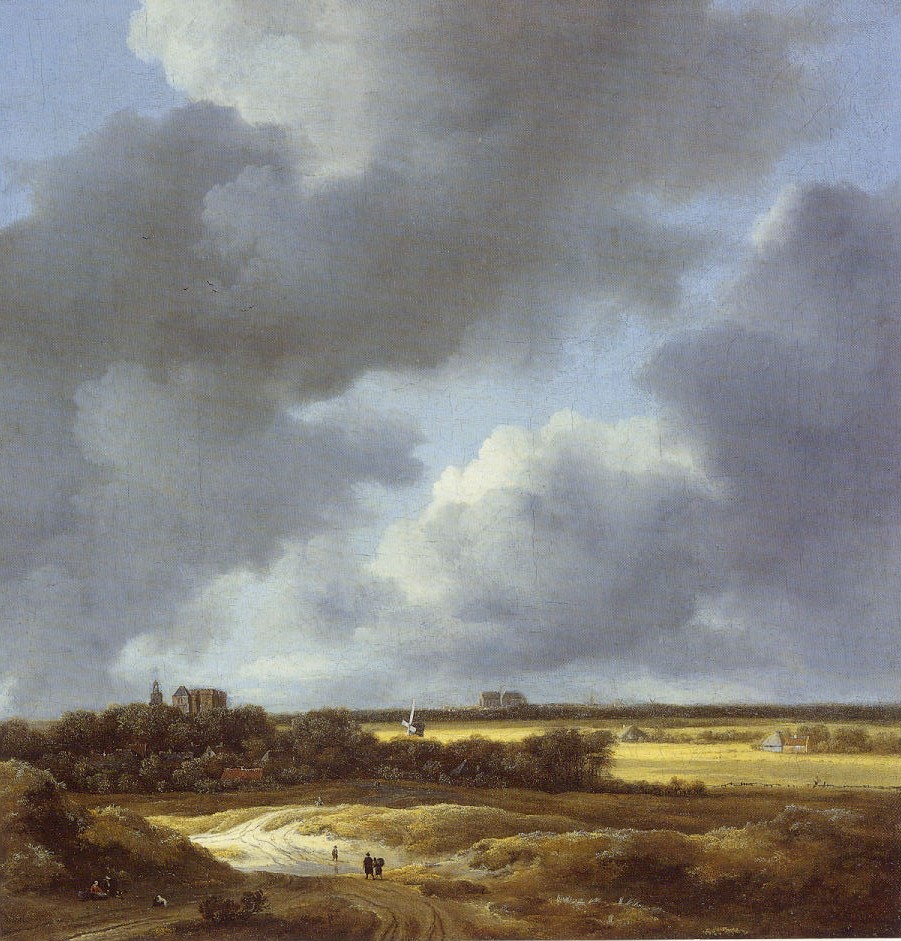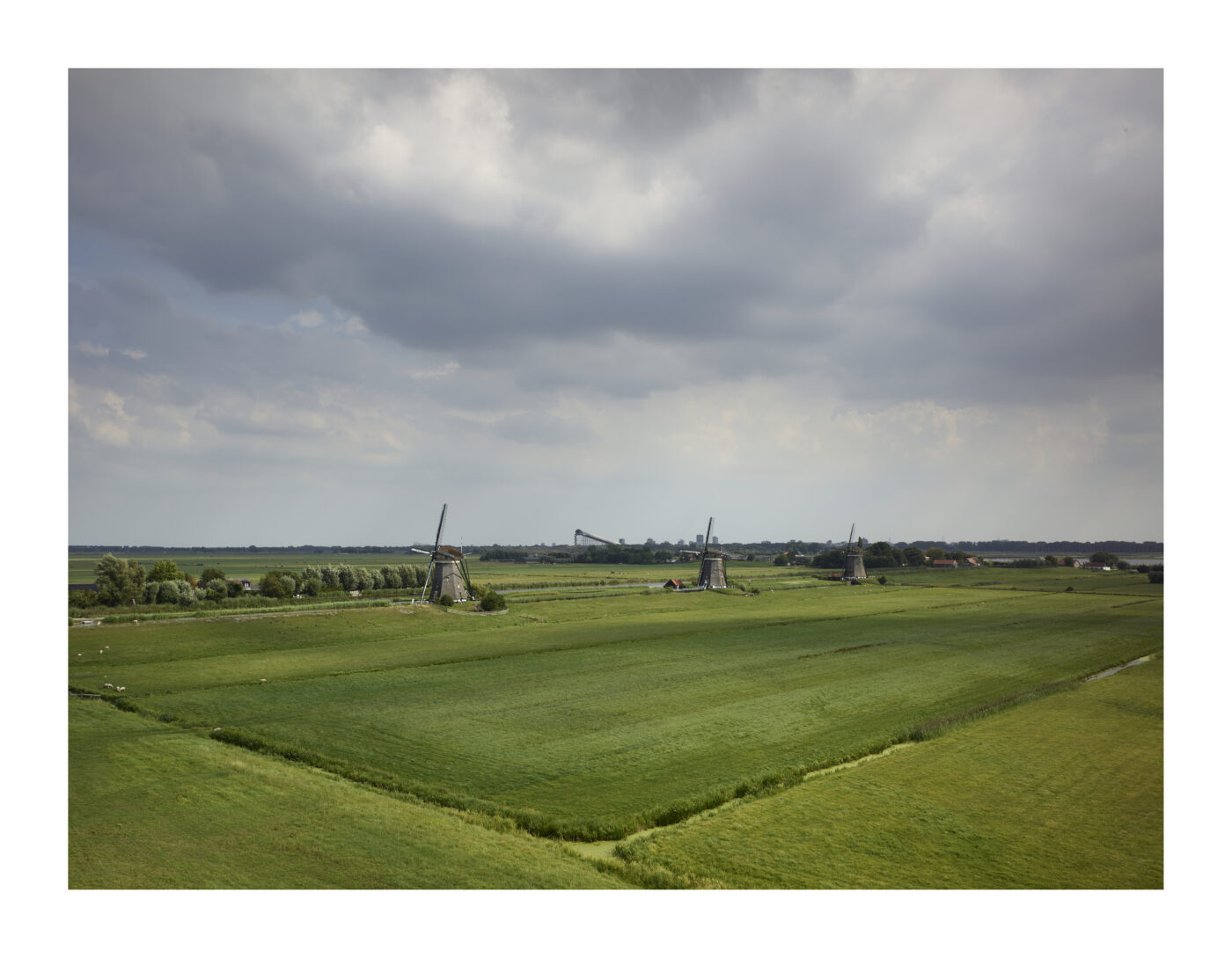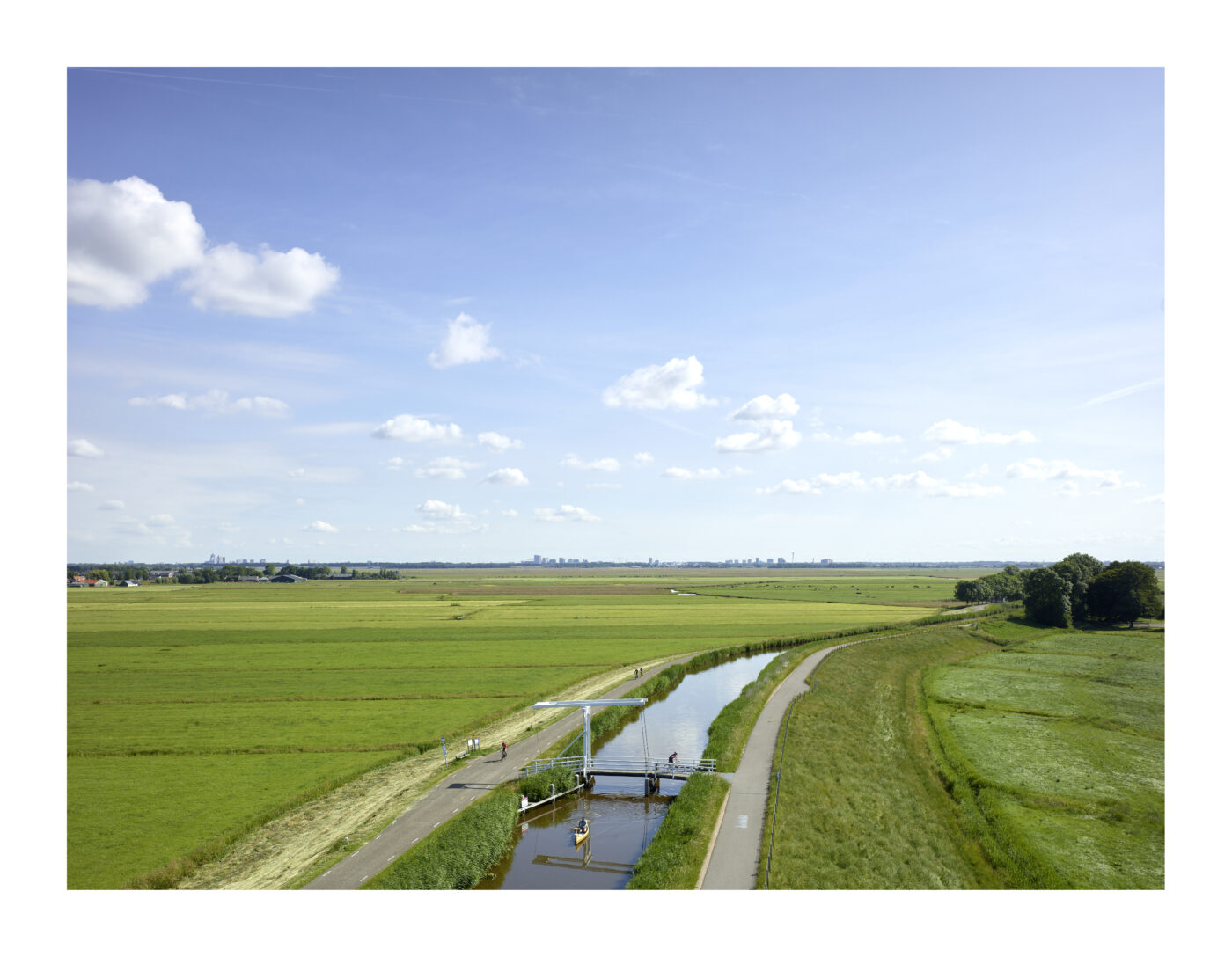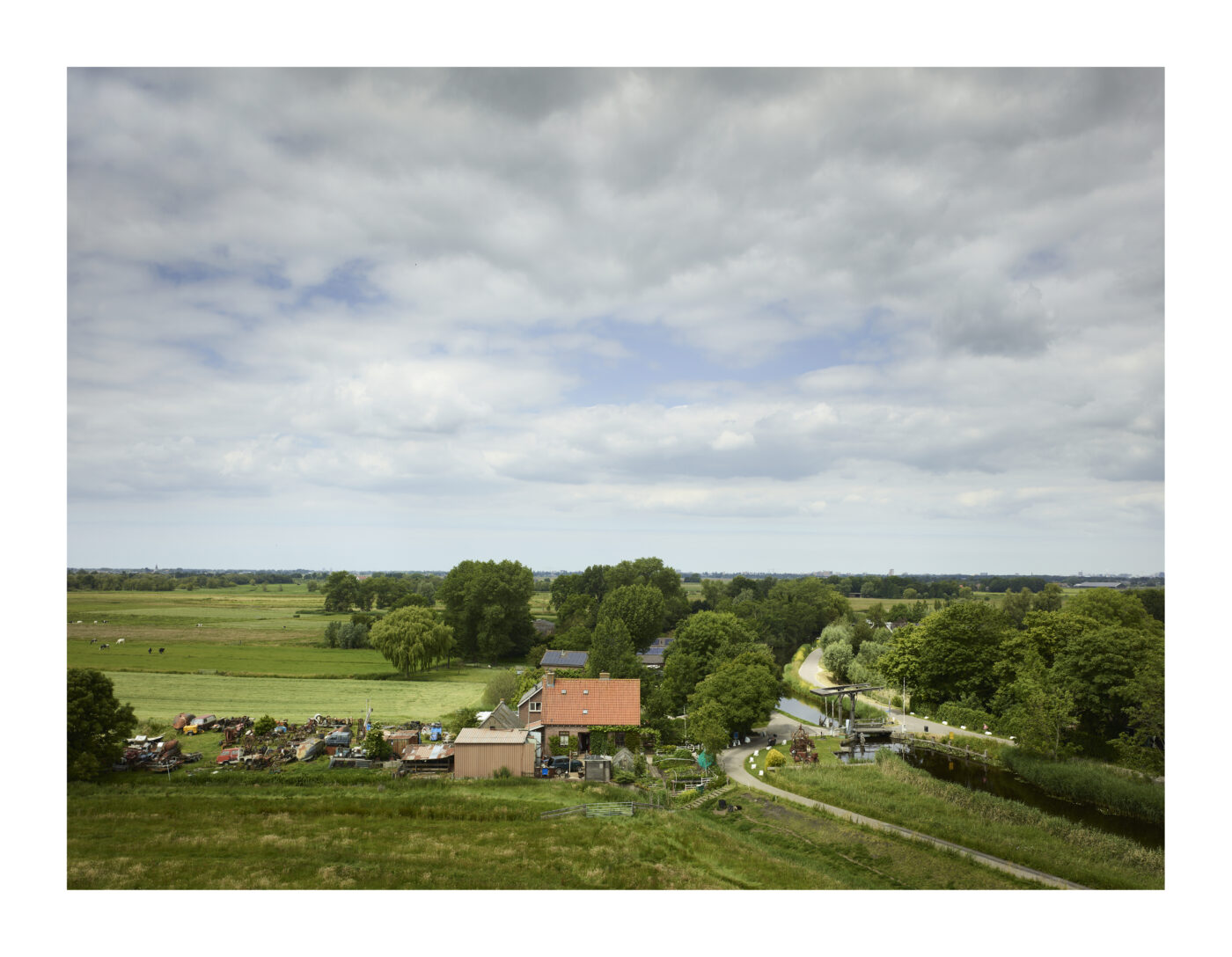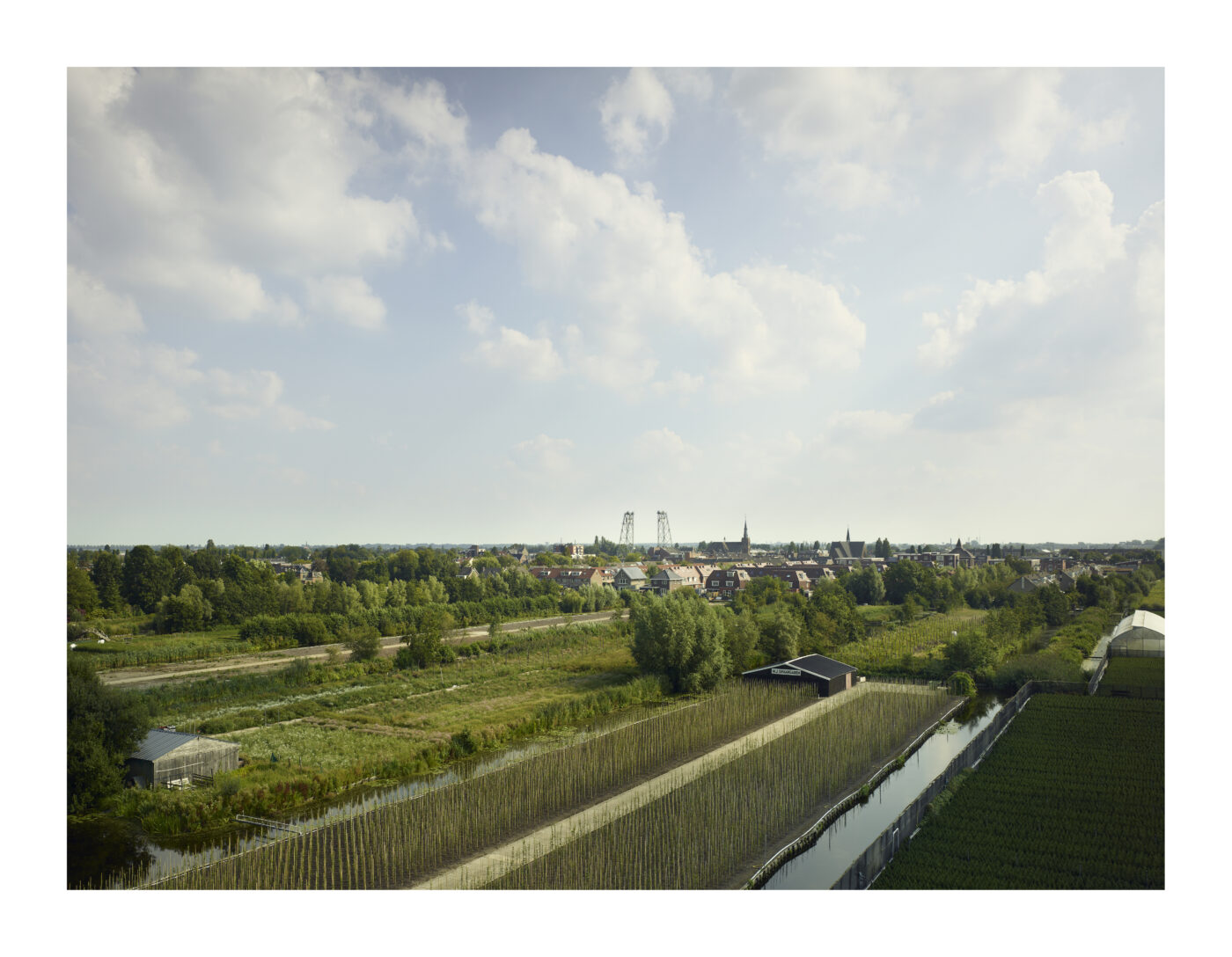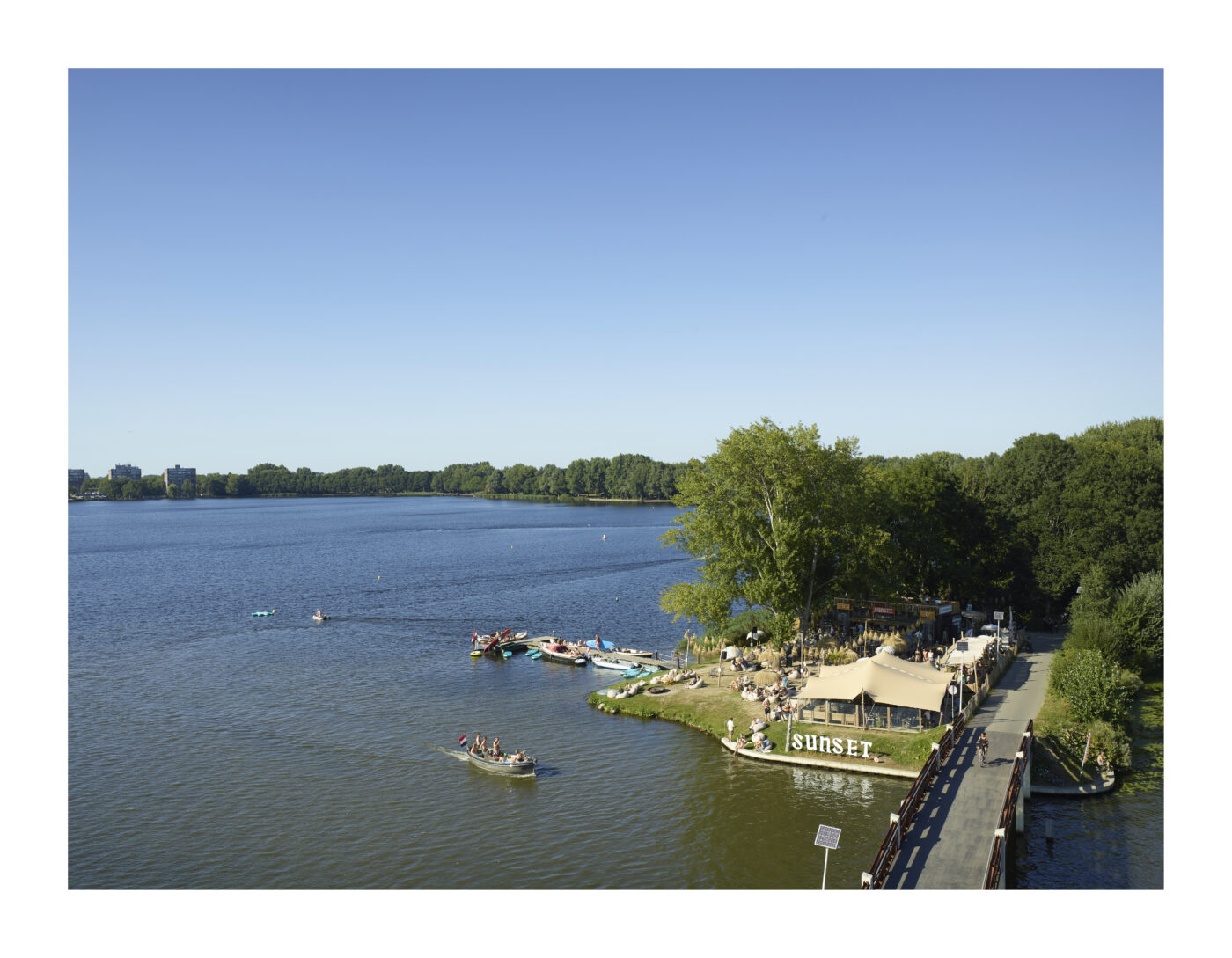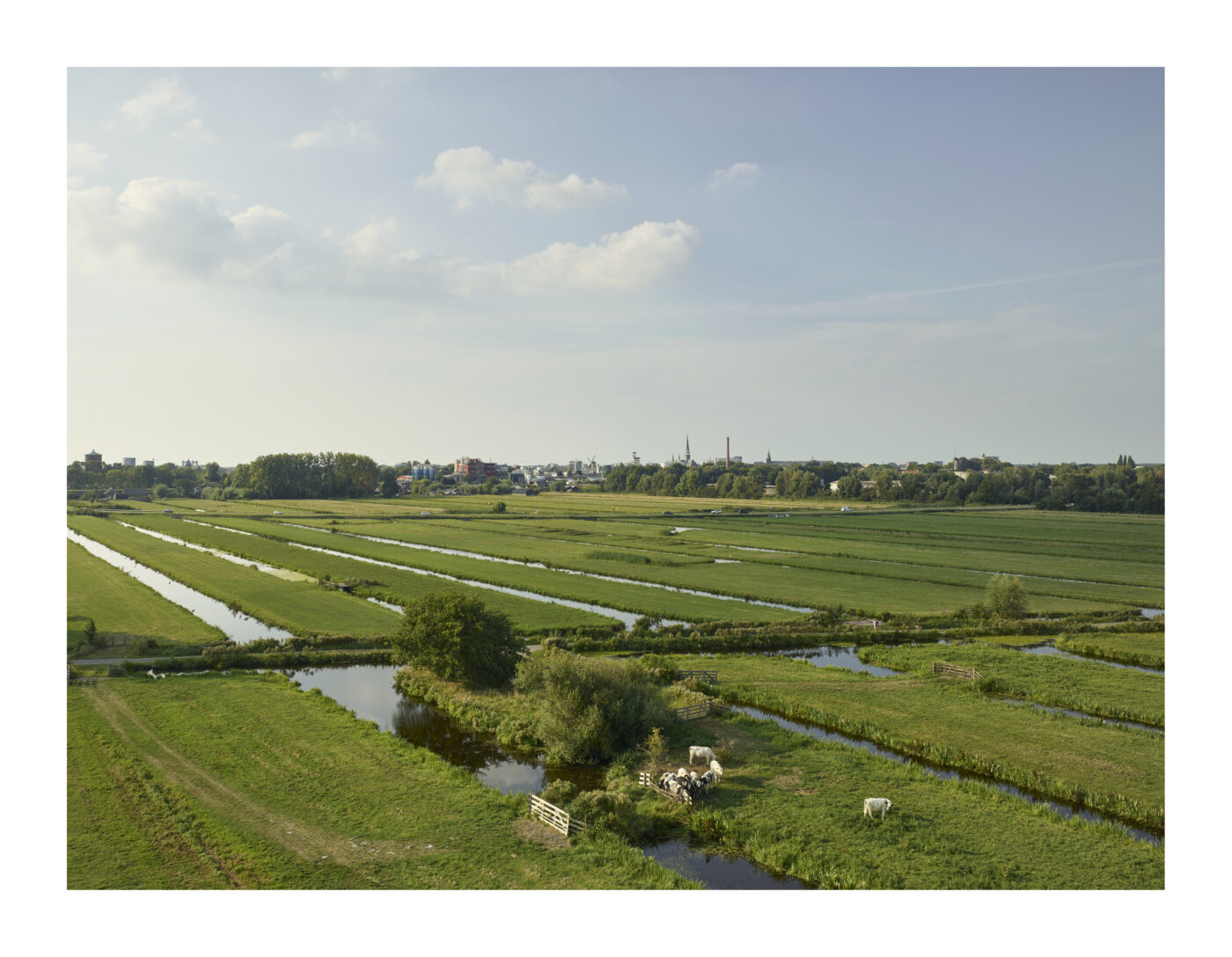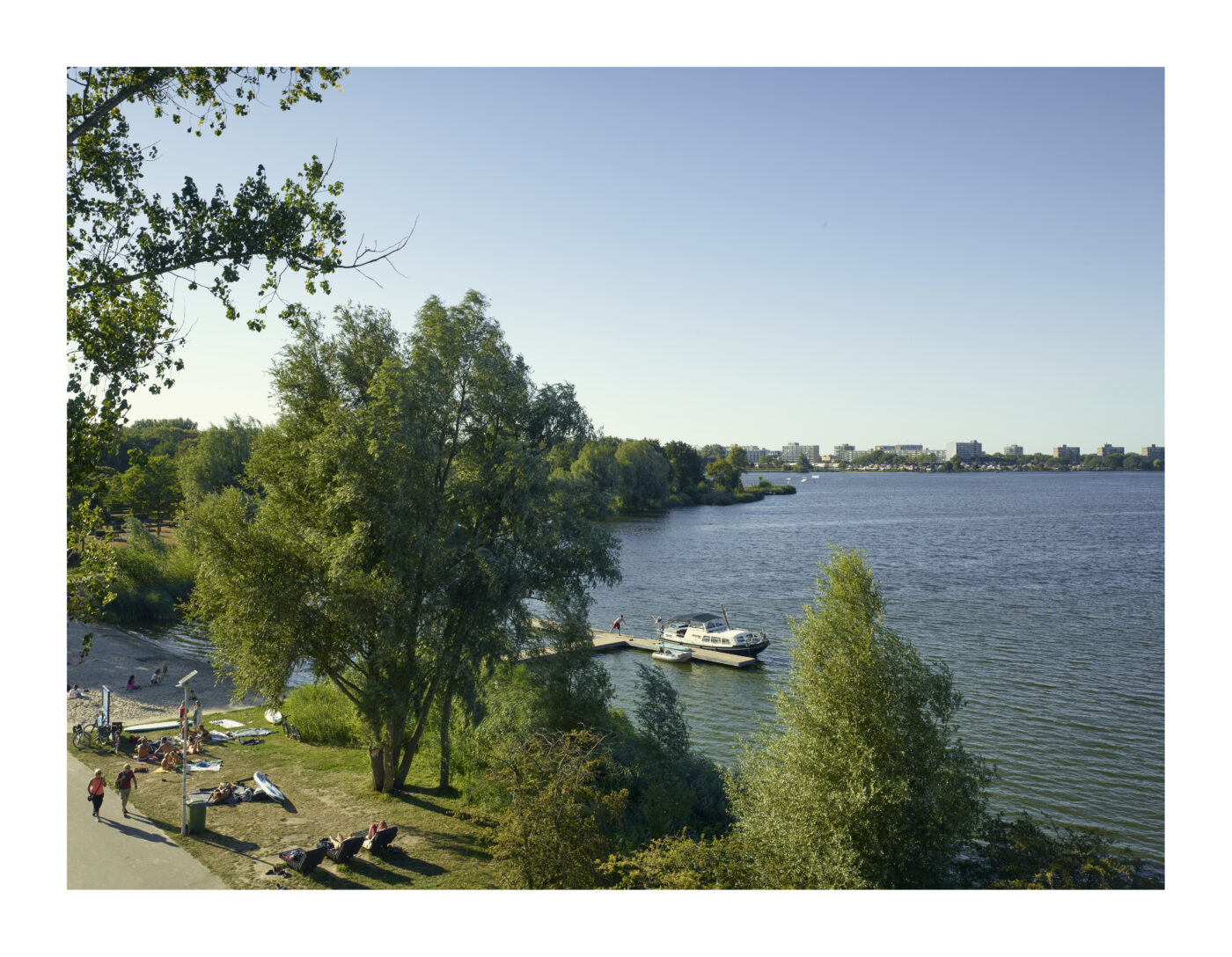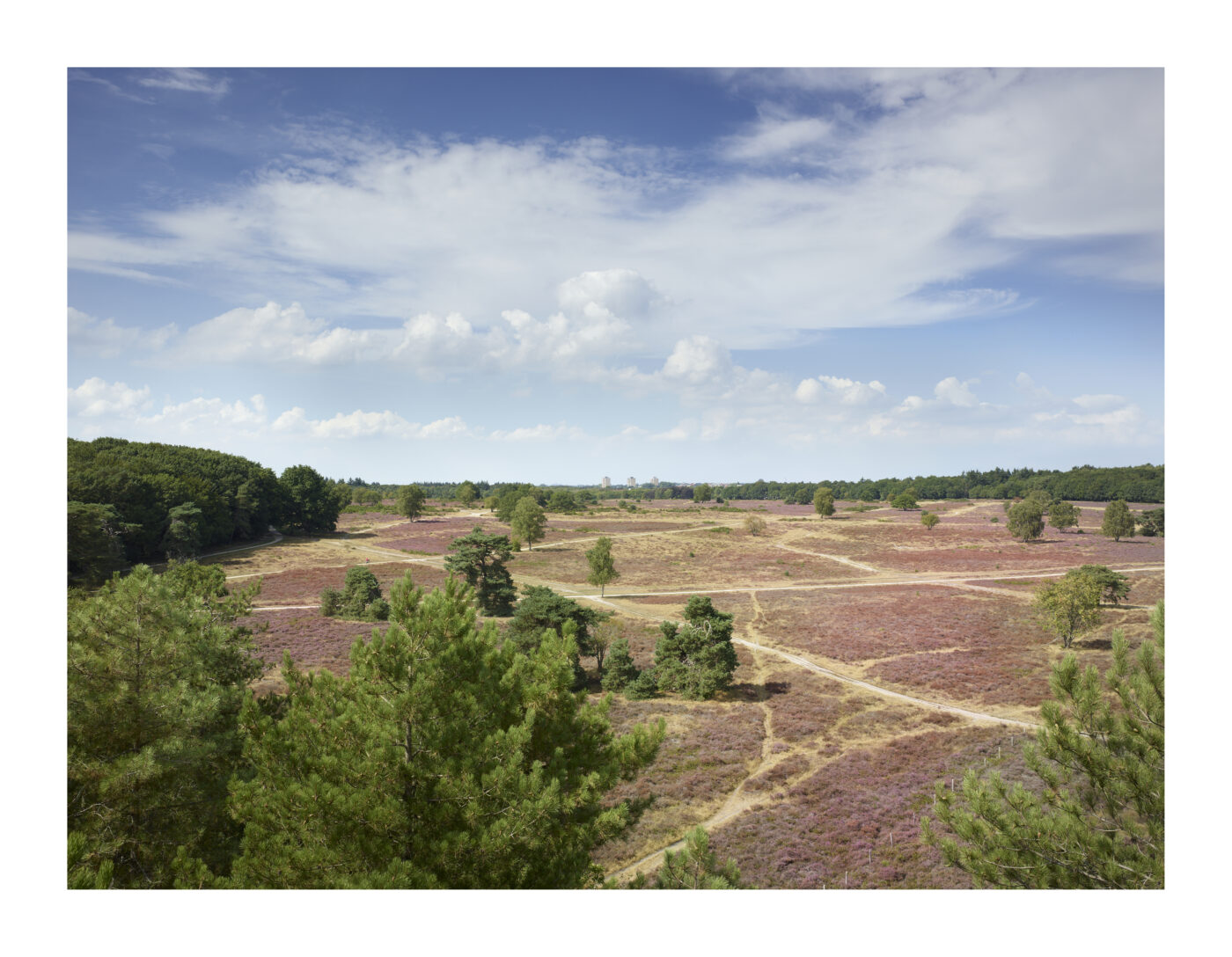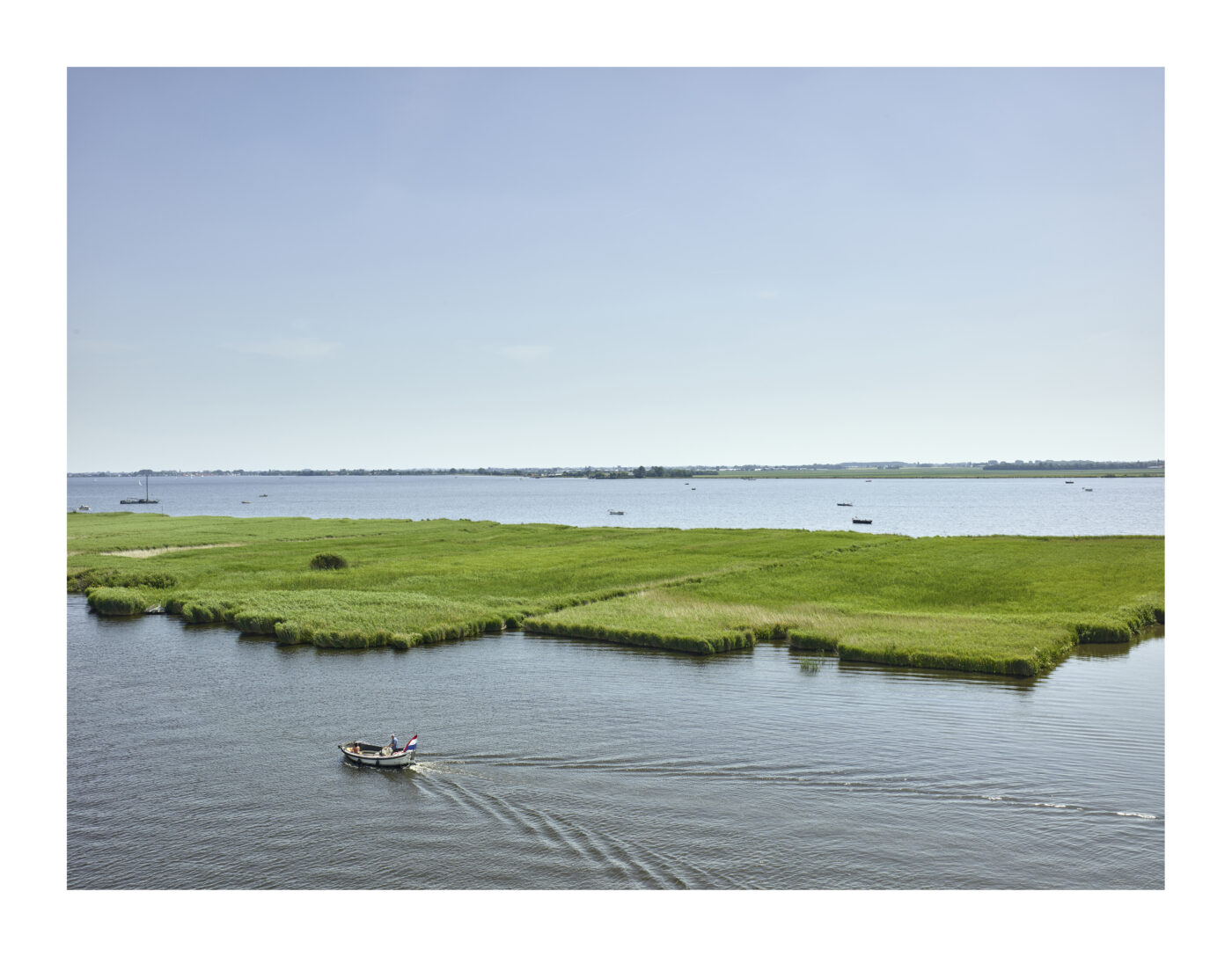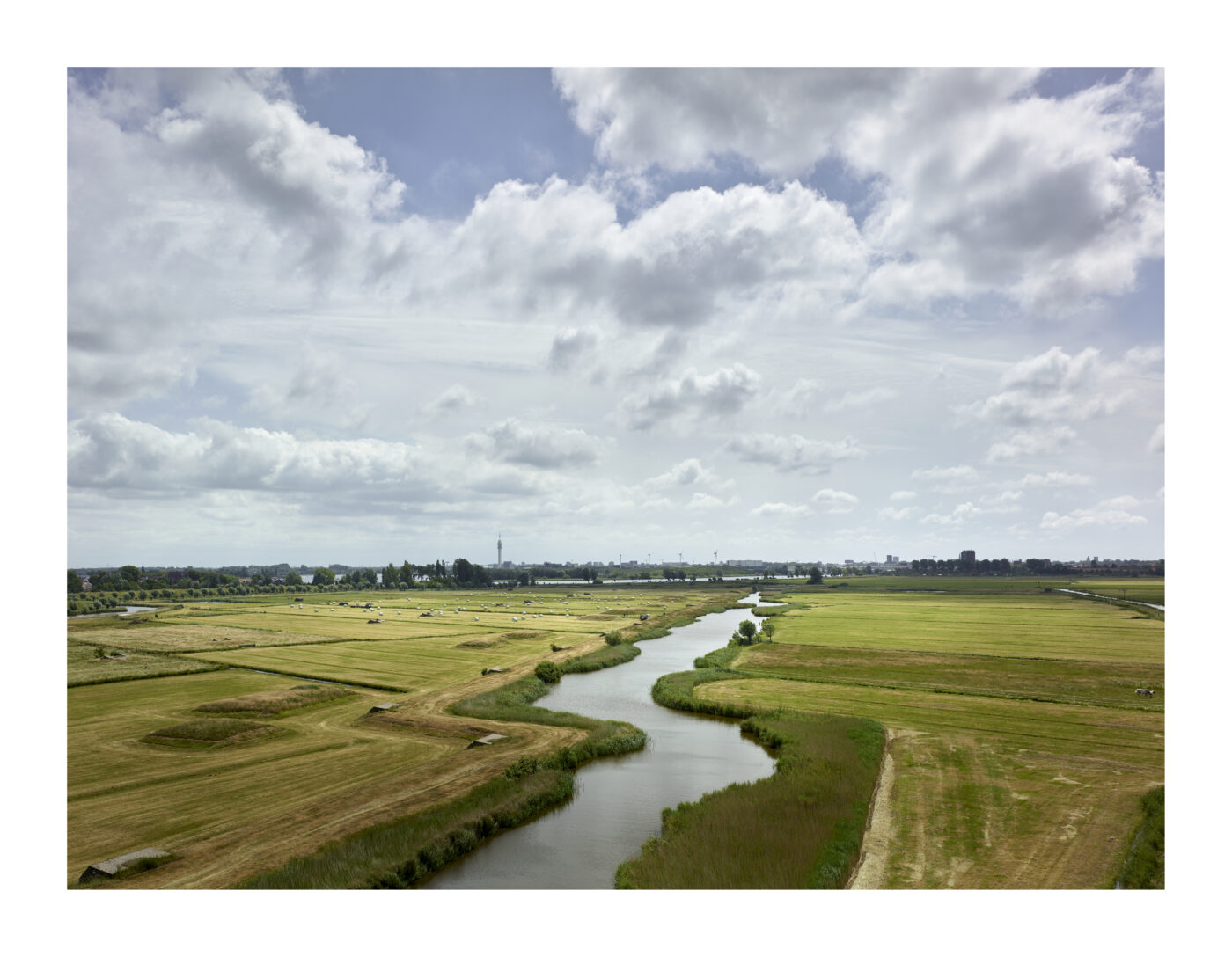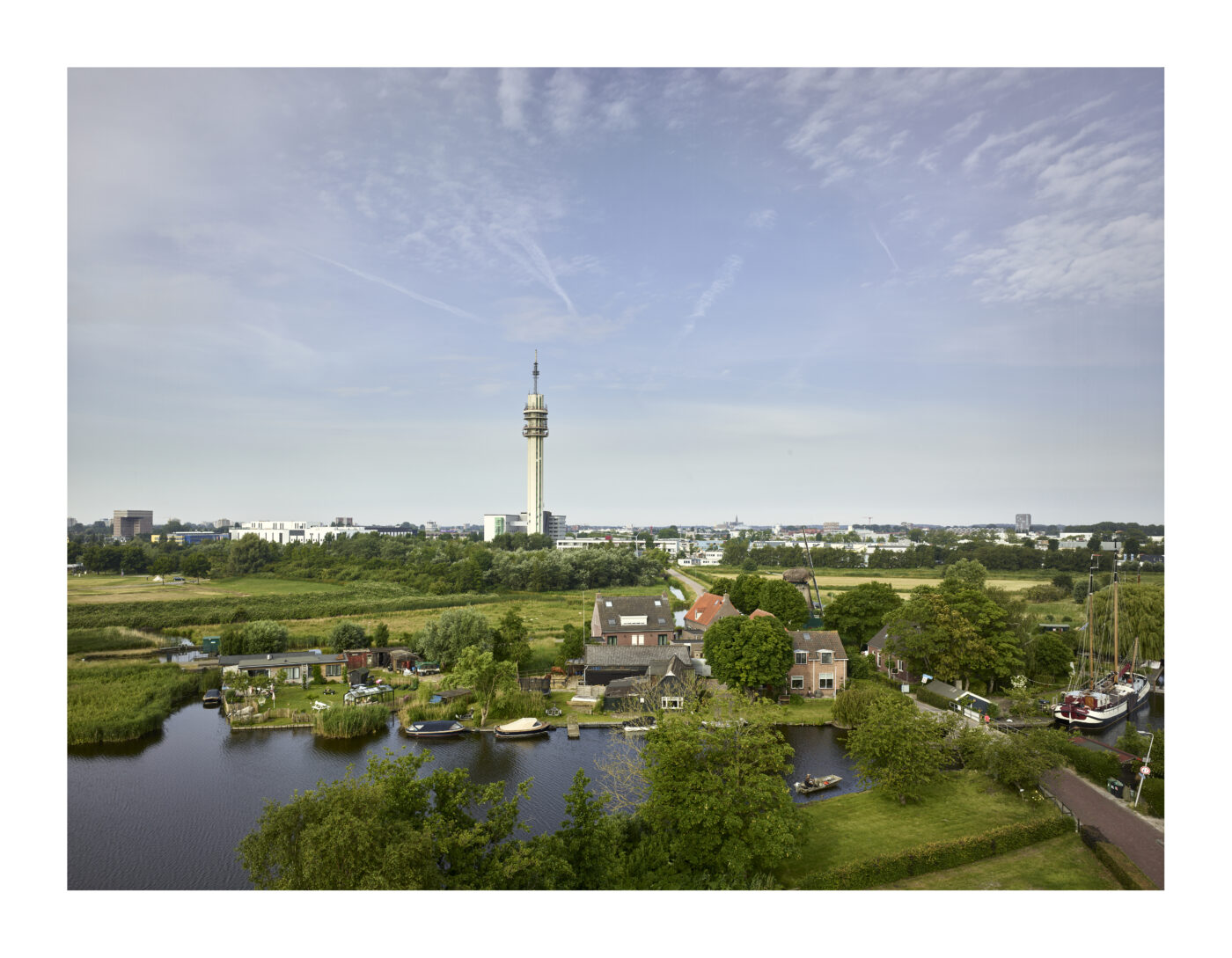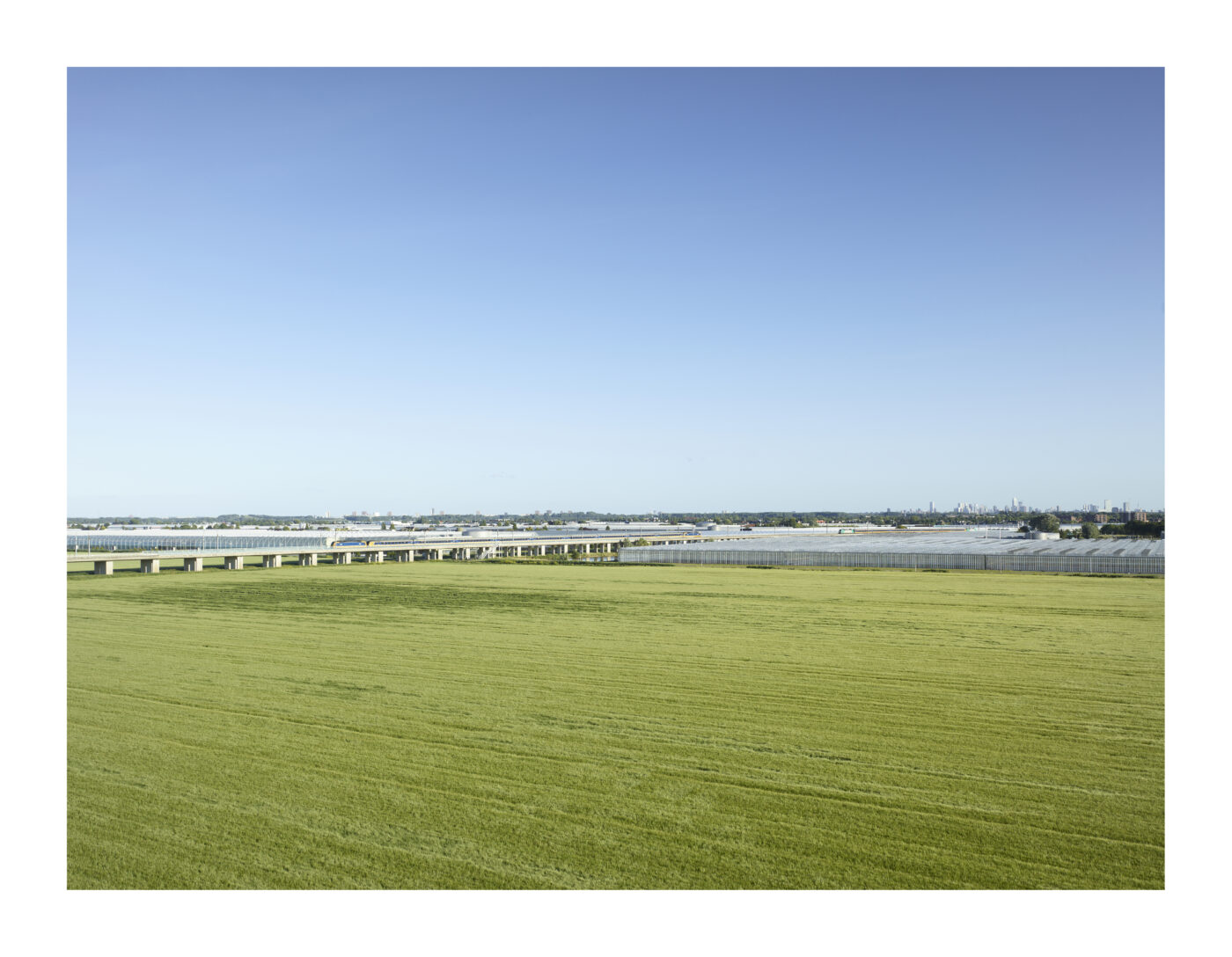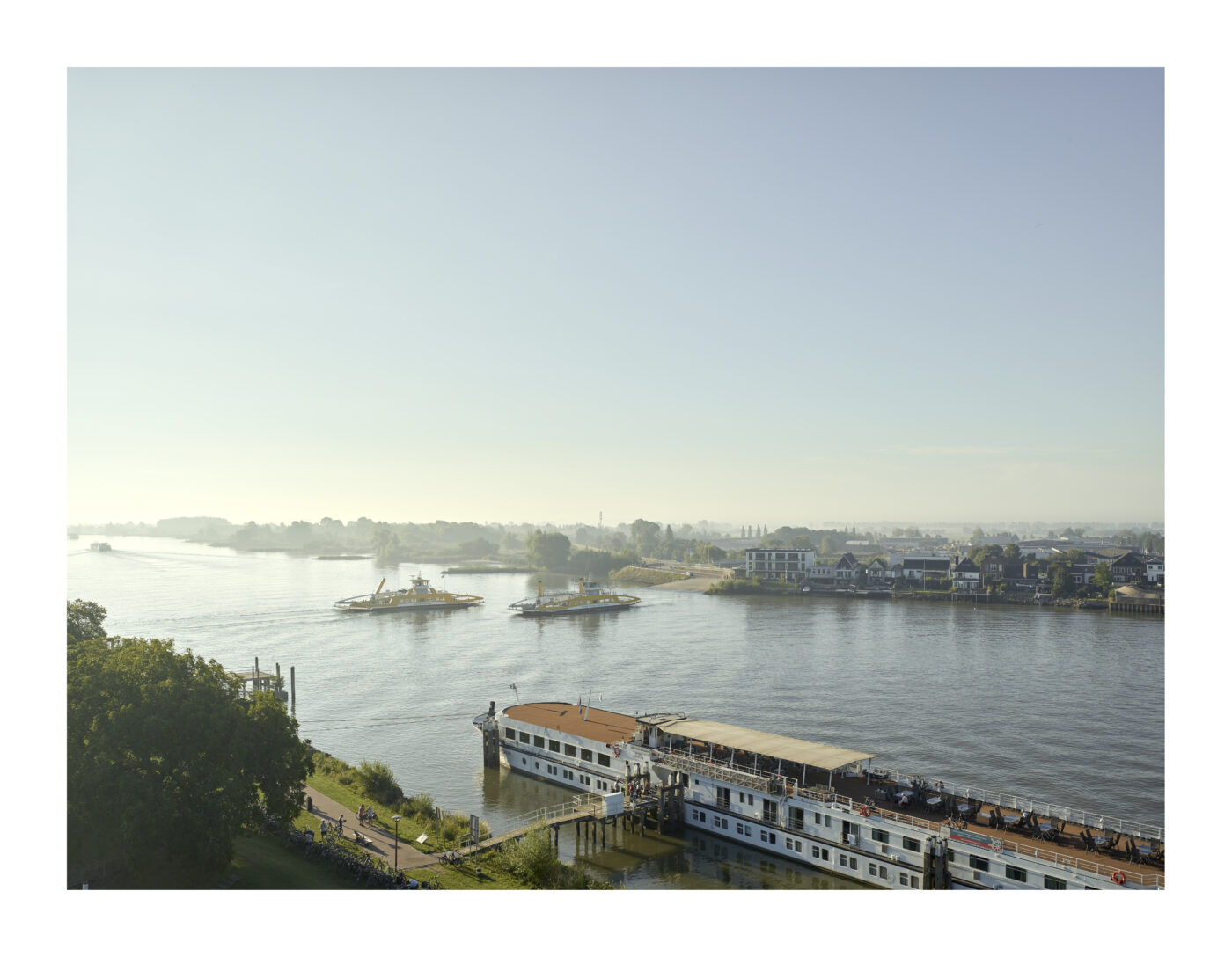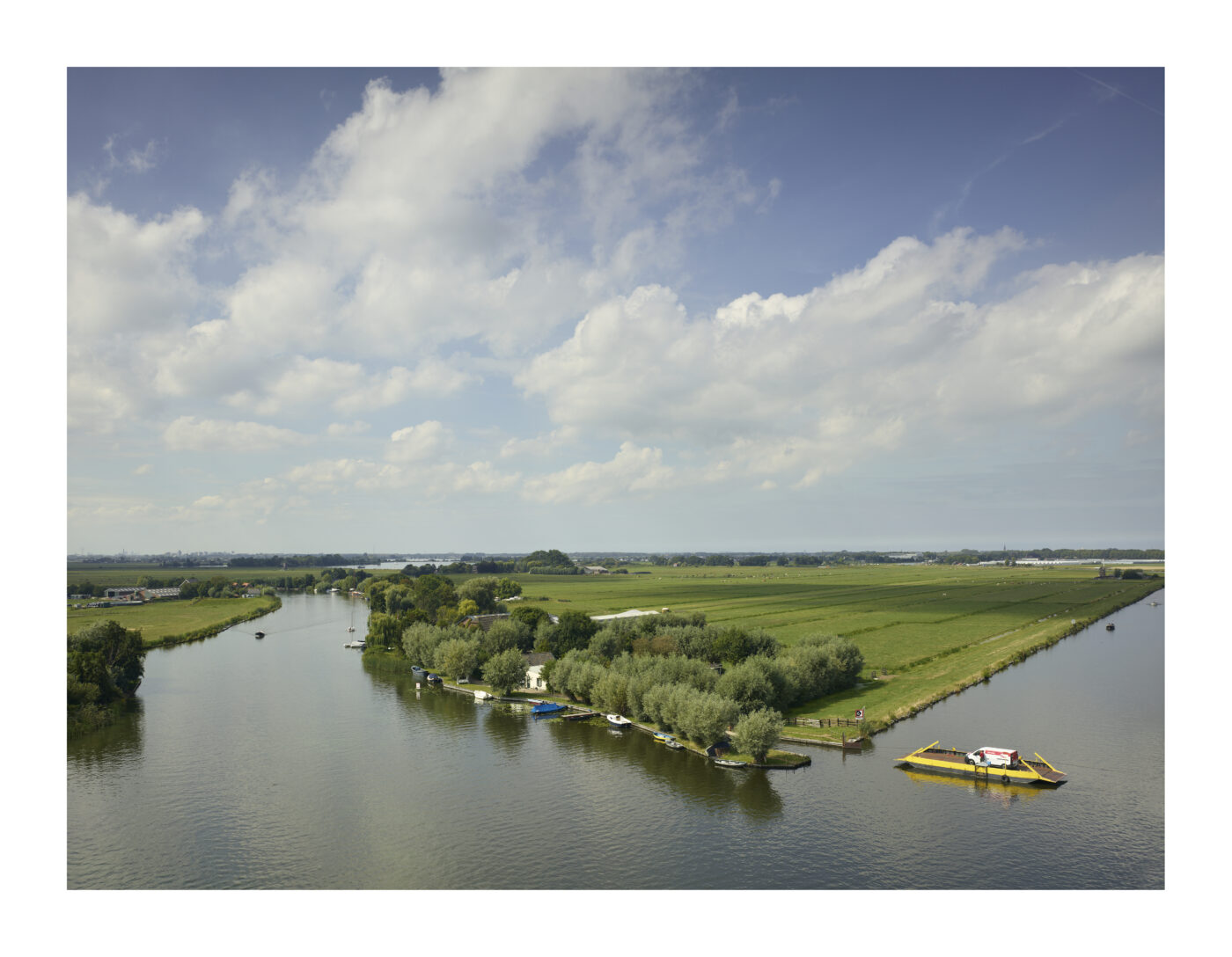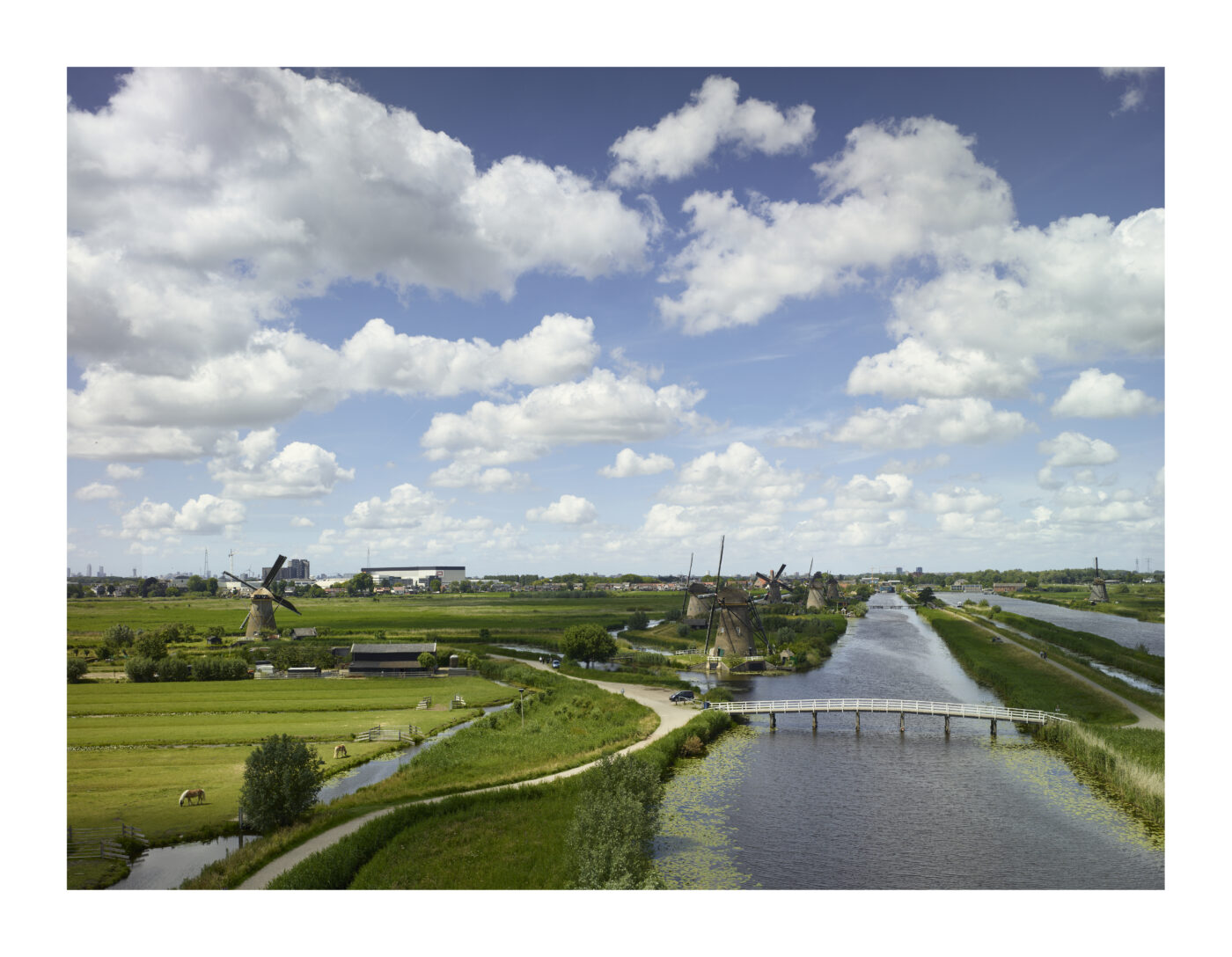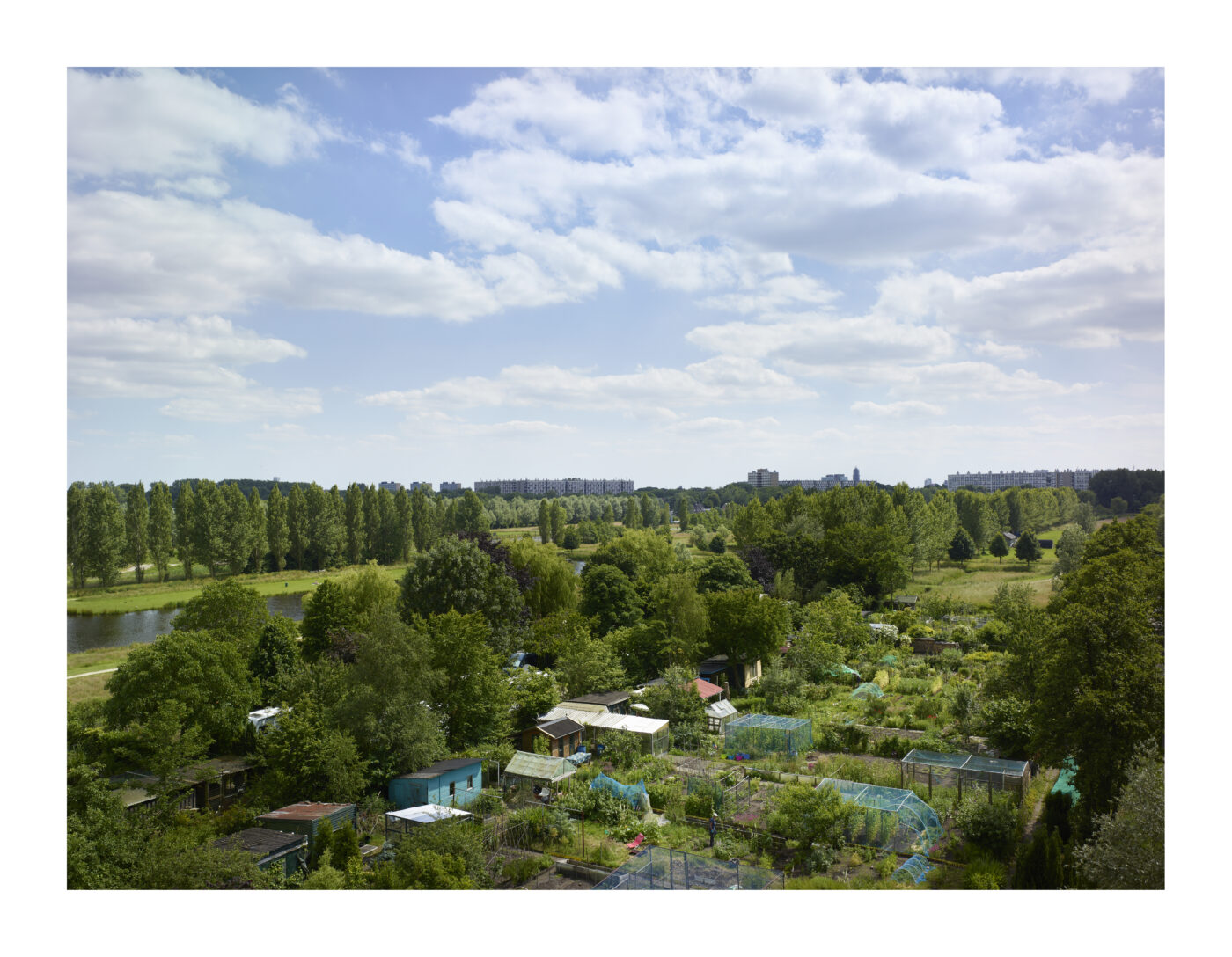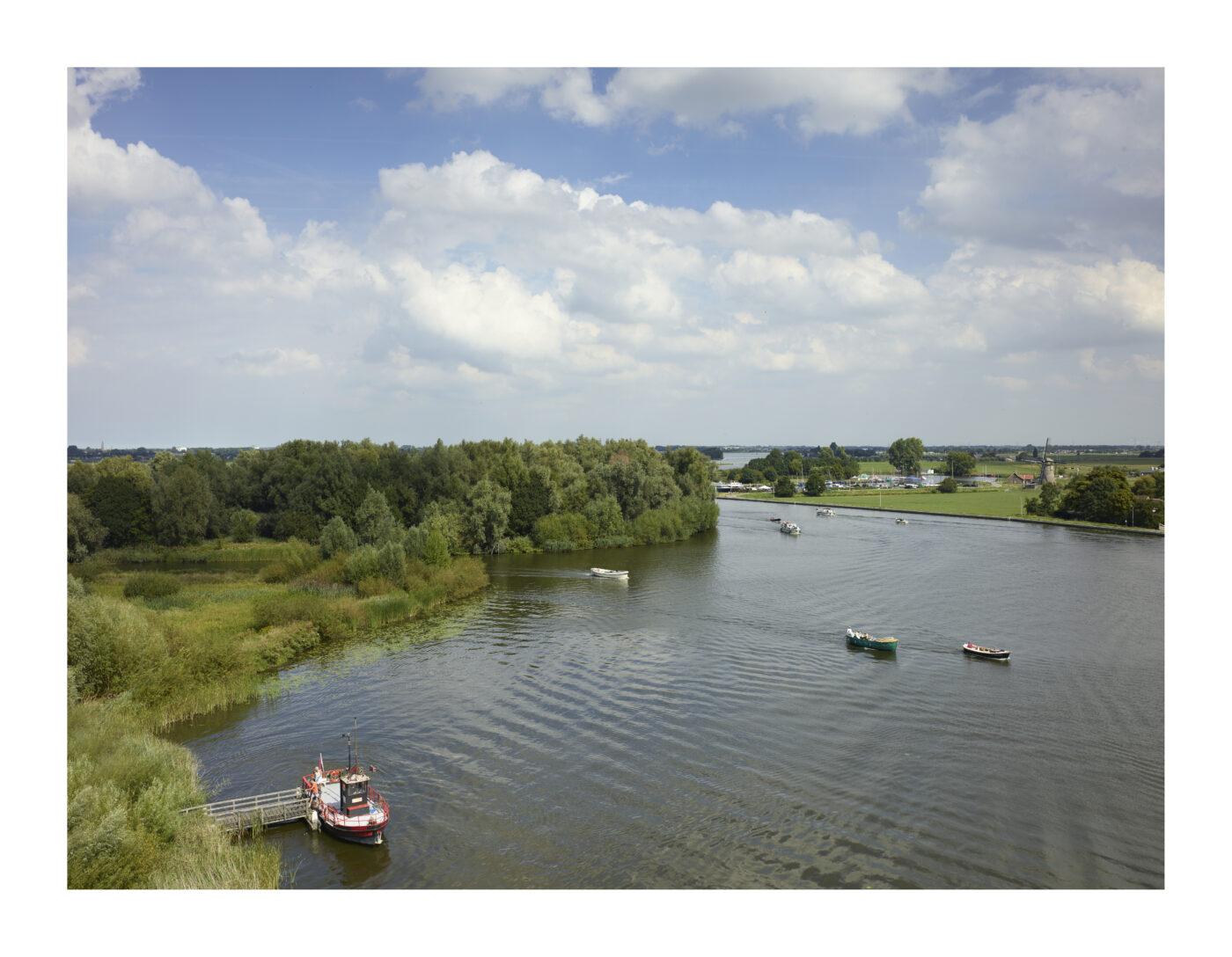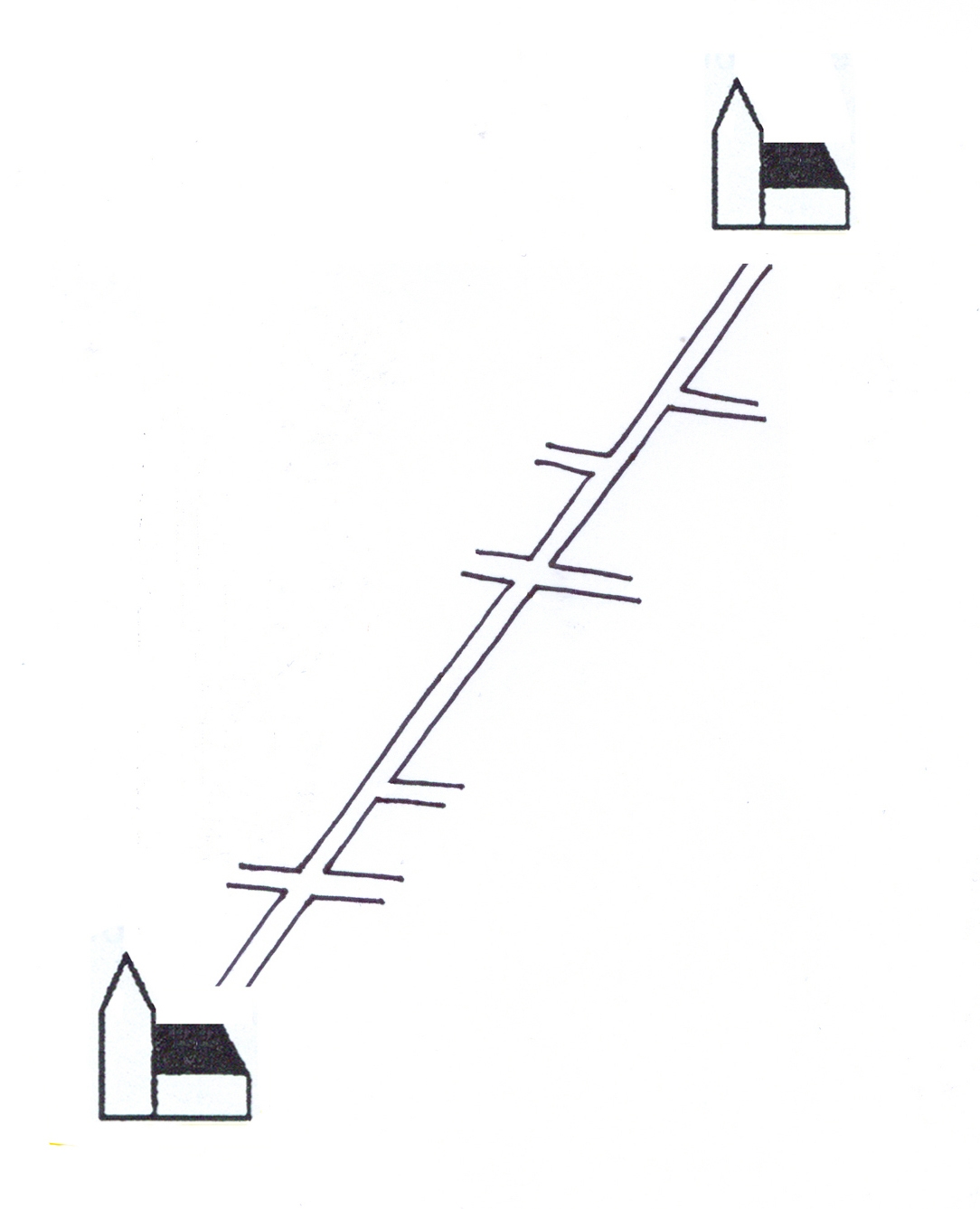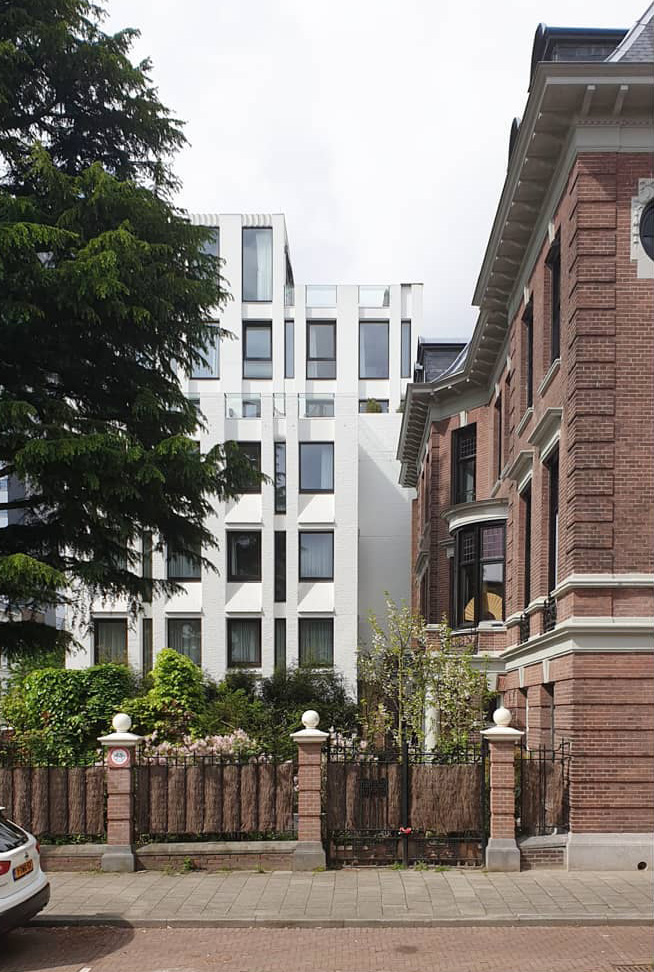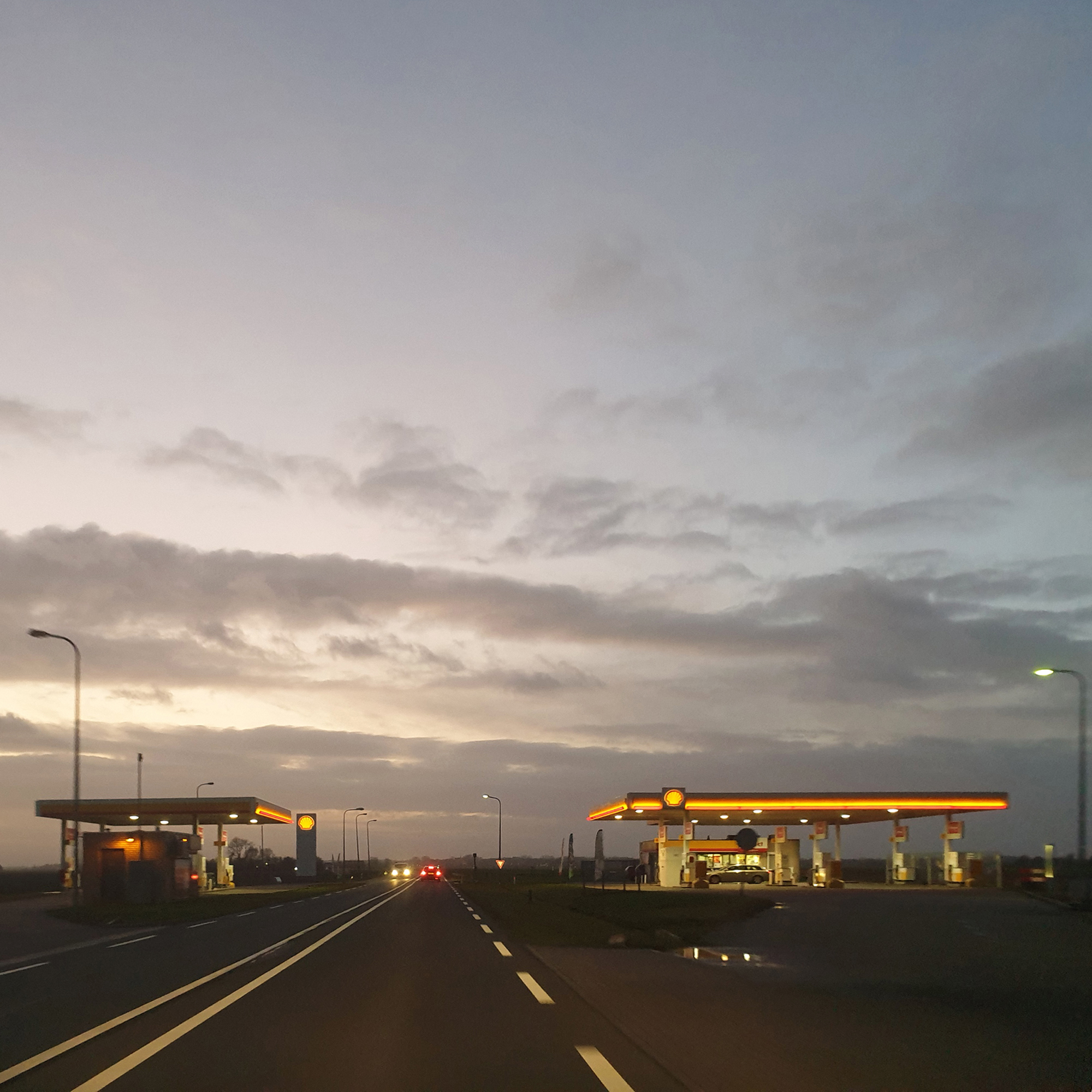In the 17th century Jacob van Ruisdael painted a beautiful series of panoramas of the landscape around Haarlem and other cities. Vastness was the theme of these images. The Netherlands consisted of emptiness, with every now and then a city or village announced by a church tower at a distance. The paintings are part of the Dutch collective memory and the representation of this landscape is part of a collective desire for what the Netherlands should be.
Anyone driving through the Randstad in 2023 will have to deal with an abundance of visual noise. The Randstad is experienced as full and messy. The Dutch landscape as depicted by Ruisdael in the seventeenth century seems to have been lost forever. However, comparisons show that the Randstad is the least densely populated metropolis in the world. This observation indicates that an overcrowding is not an actuality of the number of buildings or their quality, but of the way in which this unusual metropolis is ordered. The idea of a full and messy Randstad should therefore be understood as a matter of perception.
Now that the pressure on the agricultural sector is expected to increase, Dutch cities are desperately looking for space to expand and where local governments are opening the back door wide to space-in-different buildings, thinking about a future for the undeveloped space of the Randstad is considered extremely relevant. To deepen the findings of Land of Hope, Studio Hartzema investigates the relationship between built-up and undeveloped together with Dutch photographer Jeroen Hofman. Inspired by Jeroen’s precise method and aesthetic fingerprint in capturing landscapes from above, the studio made a well-considered decision to initiate the photographic documentation of Randstad’s undeveloped land.
Studio Hartzema’s ongoing concern about the development of the Randstad as an area under pressure can welcome a ‘soft approach’ that does not address fact-finding, reasoning and argumentation, but finds its effect in a collective and aesthetic mental understanding of what is going on in the world that surrounds us. No morality nor top-down policy, but an investigation into common ground and the love that is collectively felt in certain spatial qualities. The photographs are made to raise awareness, enrich the current database of Land of Hope through photographic documentation and above all visually illustrate the Randstad as an origin of design ingenuity, spatial diversity, vastness, tranquillity and beauty. In this way, the project aims to attract citizens, decision-makers, planners, designers, etc. returning to the roots of Dutch cultural identity.
It is the first time that a project analyses and documents the space of the Randstad from the perspective of the undeveloped land. Moreover, this research is distinguished by the unbiased way of registering and communicating. Building on Ruisdael’s legacy, a new way of understanding Randstad’s landscape can be developed. Not only as a productive laggard, but also as an element of culture and collective identity. By focusing on this part of the space that has never before been analysed and documented as a unified entity, the professional field is provided with a new set of data and a new process of combining photography with research-by-design. Documenting these aspects not only serves as a historical record, but it will also highlight the changes in an area over time and the relationship between identity and place.
The biggest challenge will be to appeal to the general public and to emphasize the cultural importance of open space. Our team believes that the style and aesthetics of artist Jeroen Hofman will succeed in captivating the public and opening the dialogue about the future of the controversial undeveloped space in the Randstad. Building on the findings of Land of Hope, the project highlights the importance of a photographic narrative as a complementary medium for the field and goes a step further to establish a visual inventory and reinforce the emergence of a shared visual culture for the undeveloped land of Randstad, inspired by Ruisdael’s aesthetic legacy. Beauty as something that unites us all.
